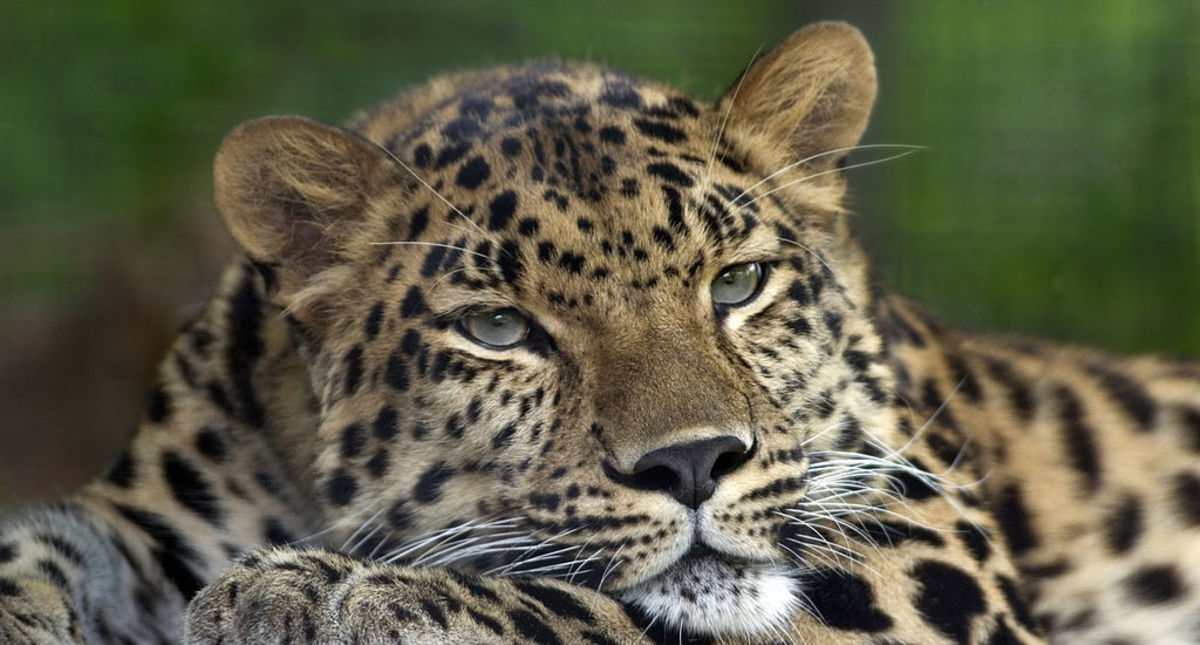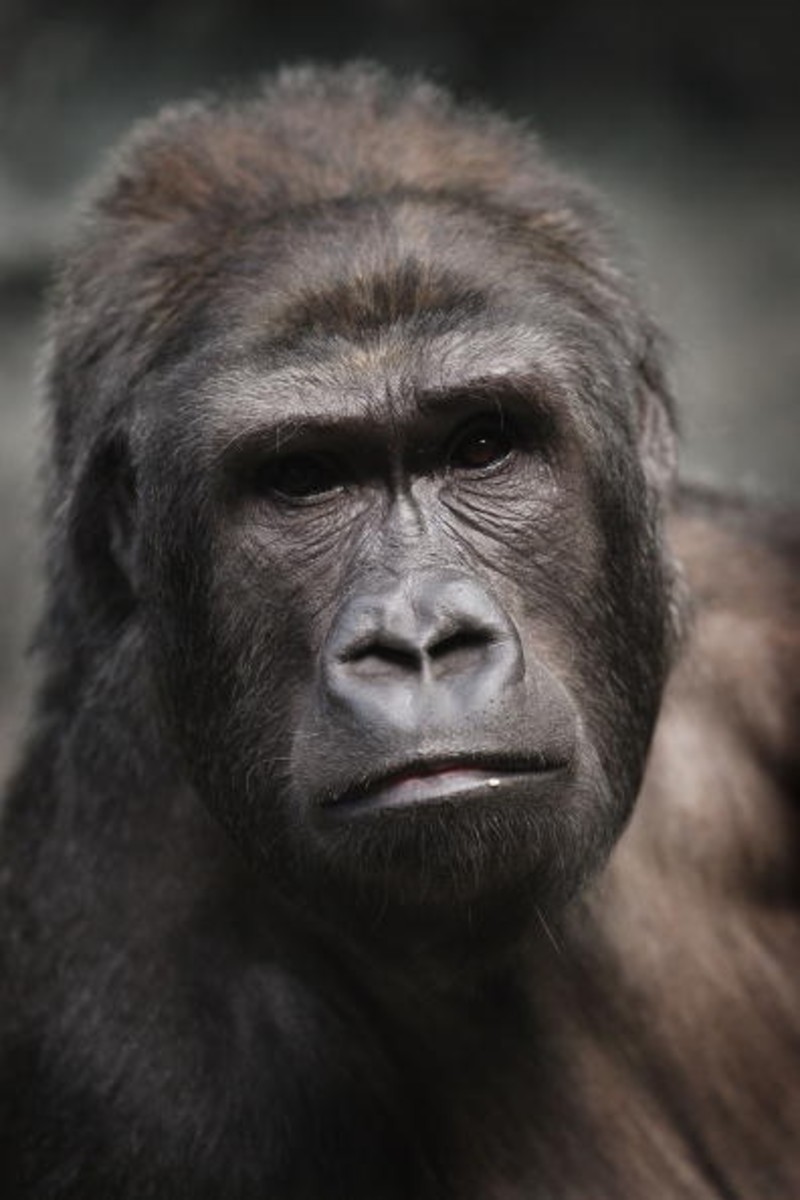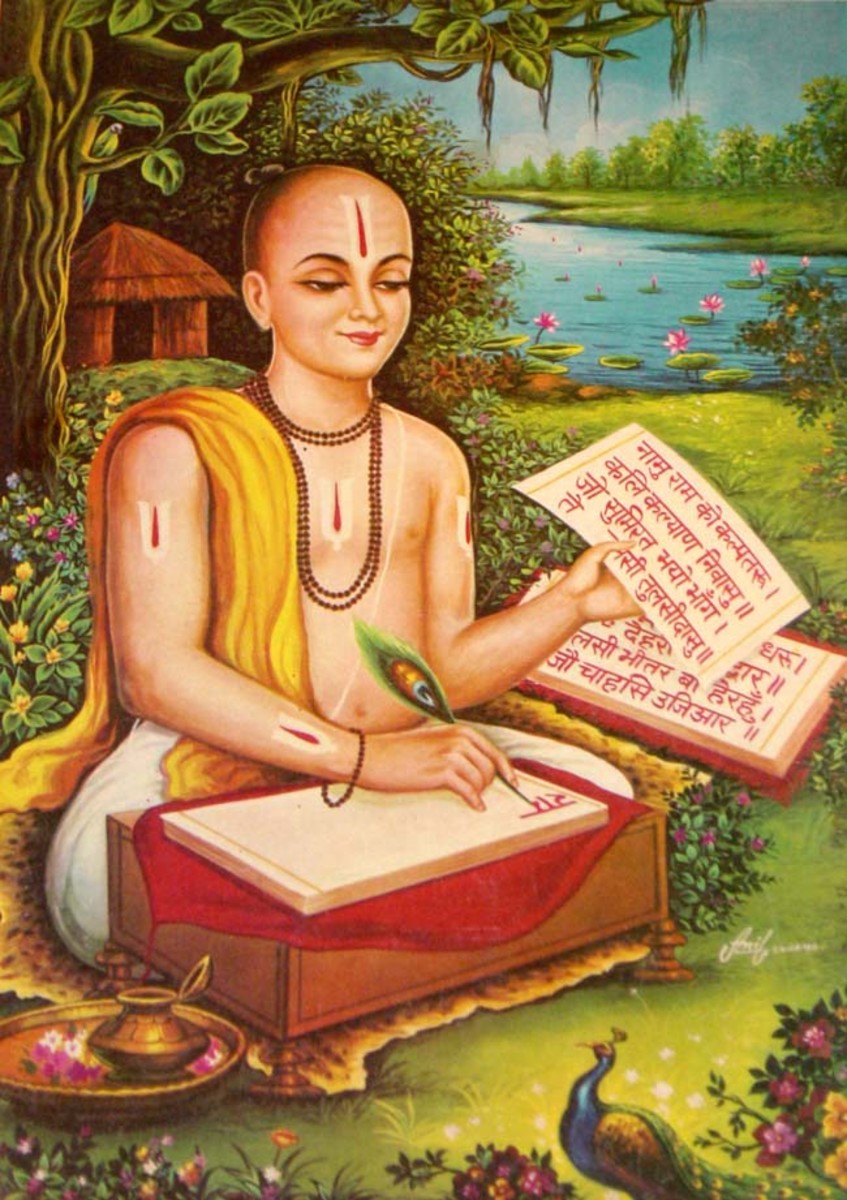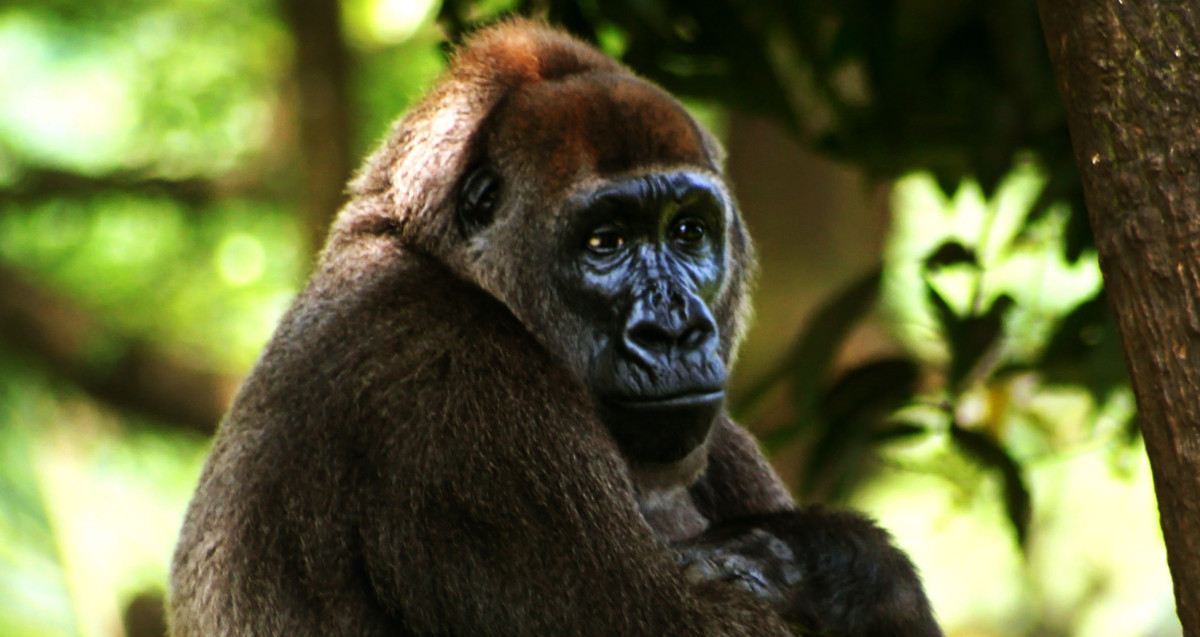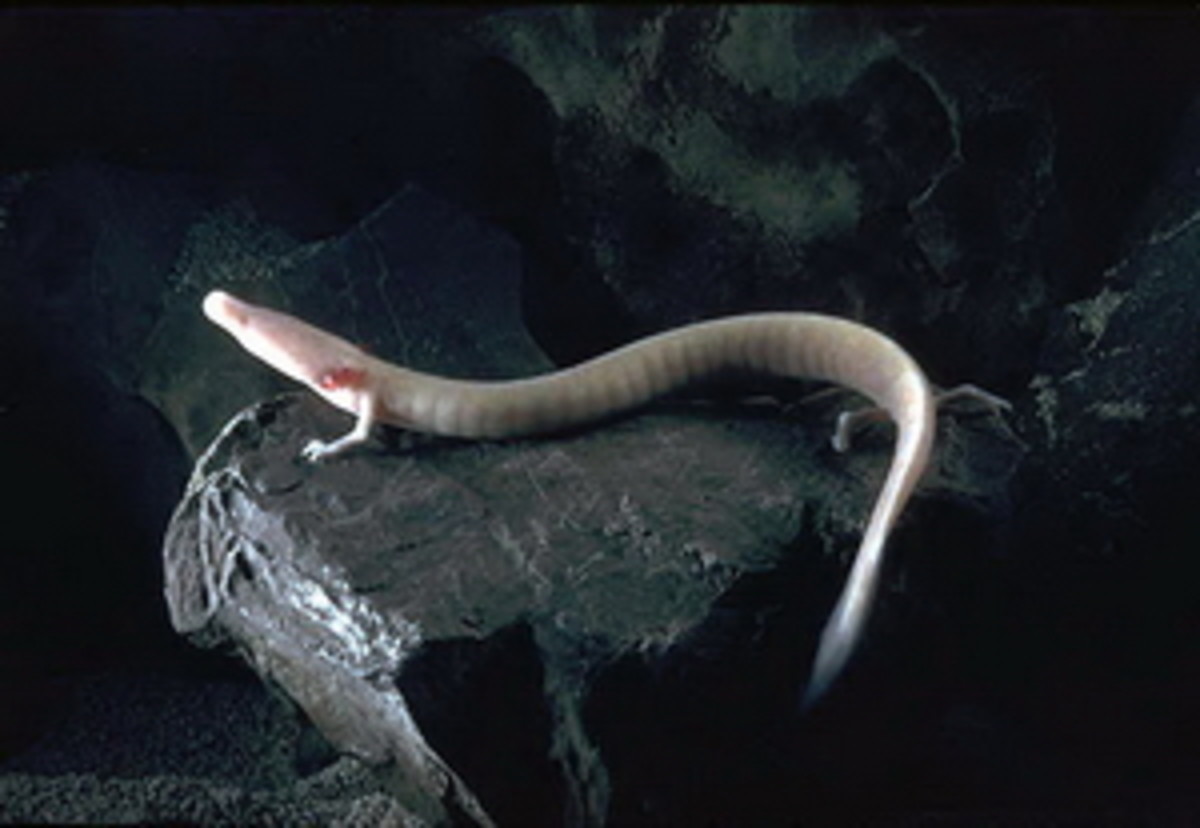- HubPages»
- Education and Science»
- Life Sciences»
- Endangered Species
The Great Indian Bustard on the verge of Extinction

At the dawn of 1979 a vast concourse of youngsters of both sexes had trooped to the Race Course Road residence of the Prime Minister of India at Delhi, many with bouquets and roses with stems. There were also a handful of ornithologists among them.
Prime Minister Atal Behari Vajpayee was immensely pleased to extend his warm welcome to them and both the throng and he exchanged New Year greetings.
The protagonist of this gathering said, “Sir, we have all gathered here not only to convey our New Year greetings but also to convey our earnest request to issue orders to cancel the permission accorded to the royal princes of Saudi Arabia to hunt the great Indian bustard which is already passing through the gorge of extinction.”
The Prime Minister, who had only a sketchy knowledge about this glorious bird, expressed his eagerness to know more about it whereupon an ornithologist furnished all particulars about this large low- flying and land-dwelling bird whose numbers could be now counted easily, whereas thousands of them roamed our country in Rajasthan’s Thar Desert once. Their numbers scaled down precipitously because of hunting them for their delicious flesh and fabulous feathers.
The Prime Minister felt sorry for these birds and lost no time in issuing orders cancelling the permission accorded to the royal personages of Saudi Arabia who had positioned themselves with their ferocious falcons to hunt these majestic birds of ours. Thereupon these royal hunters packed up and drove to Pakistan where these birds also moved about in grassy and sandy areas but only in small numbers after a huge number of them were exterminated there also. The Saudi Arabian royals had wangled the Union Government’s permission in India to hunt these birds when Emergency was clamped on the country in 1975 that could stop even the inexorable law taking its rightful course.
Salim Ali, the ornithologist of global renown, recounted the bloody hunts of these birds in 1910, a century ago, in Sind in India then. He said that the bustard was ridden after on a trained camel to help the hunters to drive towards them and the houbara bustards, the smaller version of bustards, were mercilessly shot down.
As the protective colouring of the birds rendered them safe as long as they remained still without shaking their frames, none, even one standing 500 yards away, could note their presence. The larger bustards could be easily recognized even from long distances, rushed towards them and drove them towards the hunters to get extirpated at their hands.
Those who gathered to meet Prime Minister Vajpayee didn’t make any distinction between houbara bustards and bustards. In one voice they vociferously demanded the cancellation of permission to kill all species of this largest and heaviest land bird in the whole of Asia. Houbara, also called McQueen, is a threatened species, whereas the bustard is an endangered one. With the cancellation of permission to hunt any of the species of bustard, Rajasthan state was free of these hunting’s. The state government thereupon haddemarcated a sprawling nature reserve to protect the bustards and the raptorials: the Decan National Park.
The Red List of Birds
The 2011 Red List of birds compiled by the International Union for Conservation of Nature (IUNCN) has put this bird in the critically endangered category, the highest level of threat. A new paper by a team of ornithologists led by Farah Ishtiaq (Conservation Genetics, 2011) has highly alarming news to disclose: Genetic sampling and mapping of DNA shows that these bustards are not very genetically diverse. They are not only on the verge of danger but are on the brink of the “critically endangered”. The females lay a lone egg annually and that also when they feel they are in need of some protection. After bringing up the young they silently disperse.
The number of the species is estimated to be between 250 and 300 in the whole of the country and if it is not saved, it may come perilously close to the ill-fated and pathetic dodo of Mauritius which gave rise to the usage “dead as a dodo”. They were liquidated wholesale in that island nation for their palatable flesh.
In India, the bustard is at present restricted to Rajasthan, Gujarat, Maharashtra, Karnataka and Andhra Pradesh. In days gone by, it was distributed from Punjab East through Orissa and south of Tamil Nadu, according to P.O. Nameer, South Asian coordinator, in situ, Conservation Breeding Specialist Group, Species Survival Commission, IUCN.
Reckless hunting and lamentable loss of habitat had brought down the number of this species to a highly disturbing level. It was once found in appreciable numbers in pre-independent India and Pakistan. But their population is restricted to tiny and isolated fragments of the balance of the habitats as per the version of the UK-based Birdlife International of which the Bombay Natural History Society is the Indian partner.
This attractive bird which stands one metre tall and weighs approximately 15 kg, thrived in grasslands and fed on insects, worms, grasshoppers and lizards, says Suresh Heblikar who has won awards for making movies based on birdlife in India. His eye-filling film on the bustard shot in Sholapur (Maharashtra), Ranebennur in Karnataka and in some areas of Andhra Pradesh where they are still seen in minuscule numbers, will stir the hearts of all bird-lovers.
He says, “While other birds have their niche habitats, the bustards are not restricted to a place. They move across hundreds of kilometers and wherever they find a suitable habitat, they lay their eggs, roost and nest.”
Poaching also poses an intractable problem in India. Grasslands where the birds thrive are being systematically converted into agricultural lands or degraded by inordinate grazing by cattle. With the mindless destruction of grasslands, other members of the bustard family — lesser florican, houbara bustard and great bustard — as also animals like black buck, chinkara, Indian wolf, golden jackal, Indian fox and nilgai also confront similar threats.
Apart from the above, IUCN has enumerated 15 species from India as critically endangered and 16 endangered ones and 65 near threatened bird species in the country. Some of the critically endangered Indian varieties include the Himalayan quail, pink-headed duck, white-bellied heron and Christmas Island frigate bird. The vulture species seen in India – the slender-billed and the red-headed – also fall in the critical category, according to Dr Nameer of the IUCN.
The Bombay Natural History Society has been making an exhaustive study of the great Indian bustard for upwards of a decade. The erudite director of this society, Dr Asad Rahmani, says: “There is an urgent necessity to commence a Project Bustard like Project Tiger on a long-term basis.” He added, “The GIB conservation breeding programme should be started with the help of national and international experts. “Dr Leon Bennun, Bird Life’s director of science and policy says: “In an even more crowded world, species, such as the great Indian bustard, are losing out. We are, however, the ones who lose in the long run as the services that nature provides us start to disappear.”
The great Indian bustard is a majestic and magnificent bird and we can ill-afford to see it go the way of the dodo. Its dance at times even excels that of peacock. Suresh Heblikar graphically described the mating dance of this exciting bird and its graceful, gliding walk, silently and unobtrusively.
Sheer size and appearance make it an important bird of India and Salim Ali rightly championed it as our national bird.
- Chennai Forums
A forum to discuss and share everything about Namma Madras. From Entertainment to Sports to Politics and everything else that defines what Chennai is all about. - Great Indian Bustard

